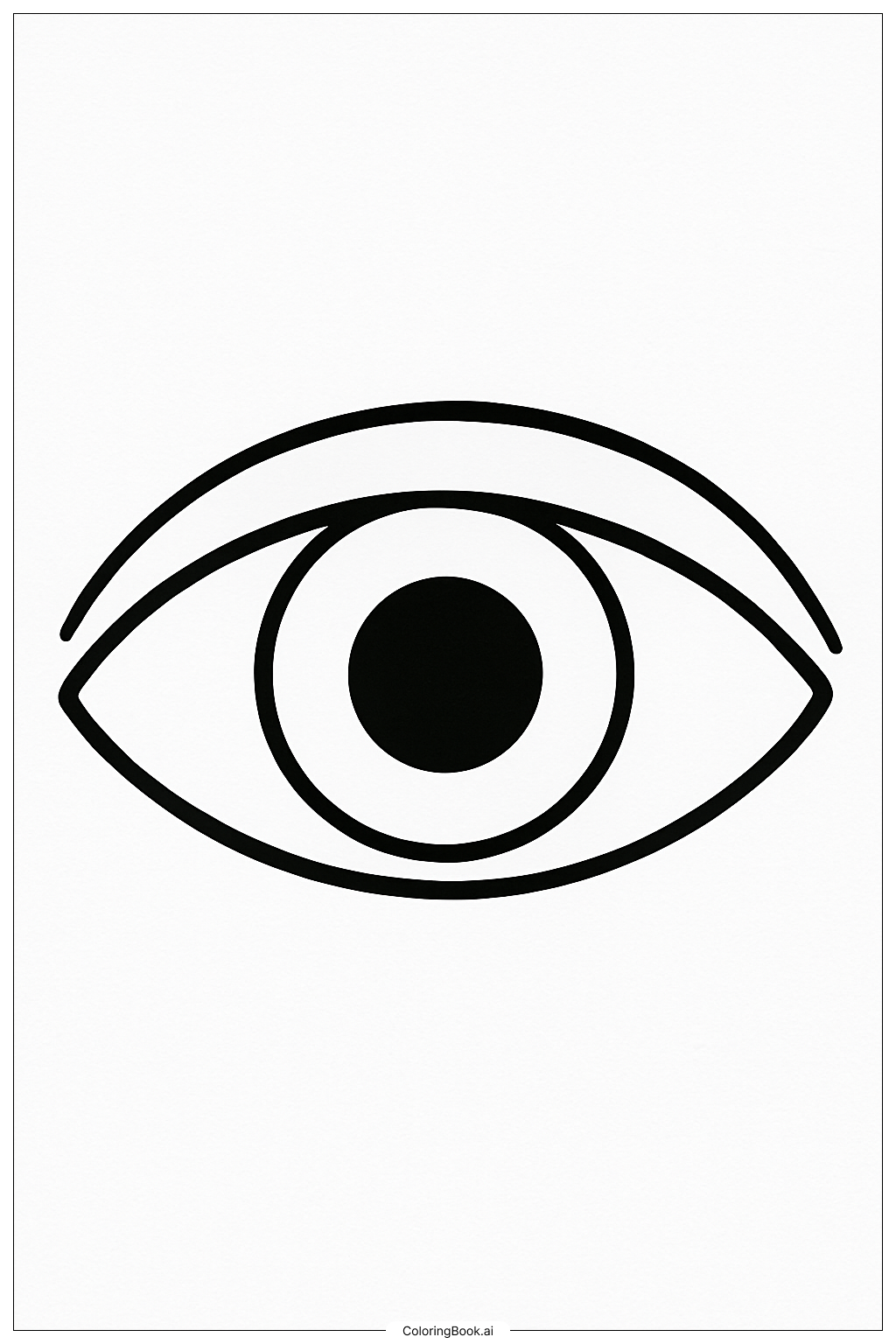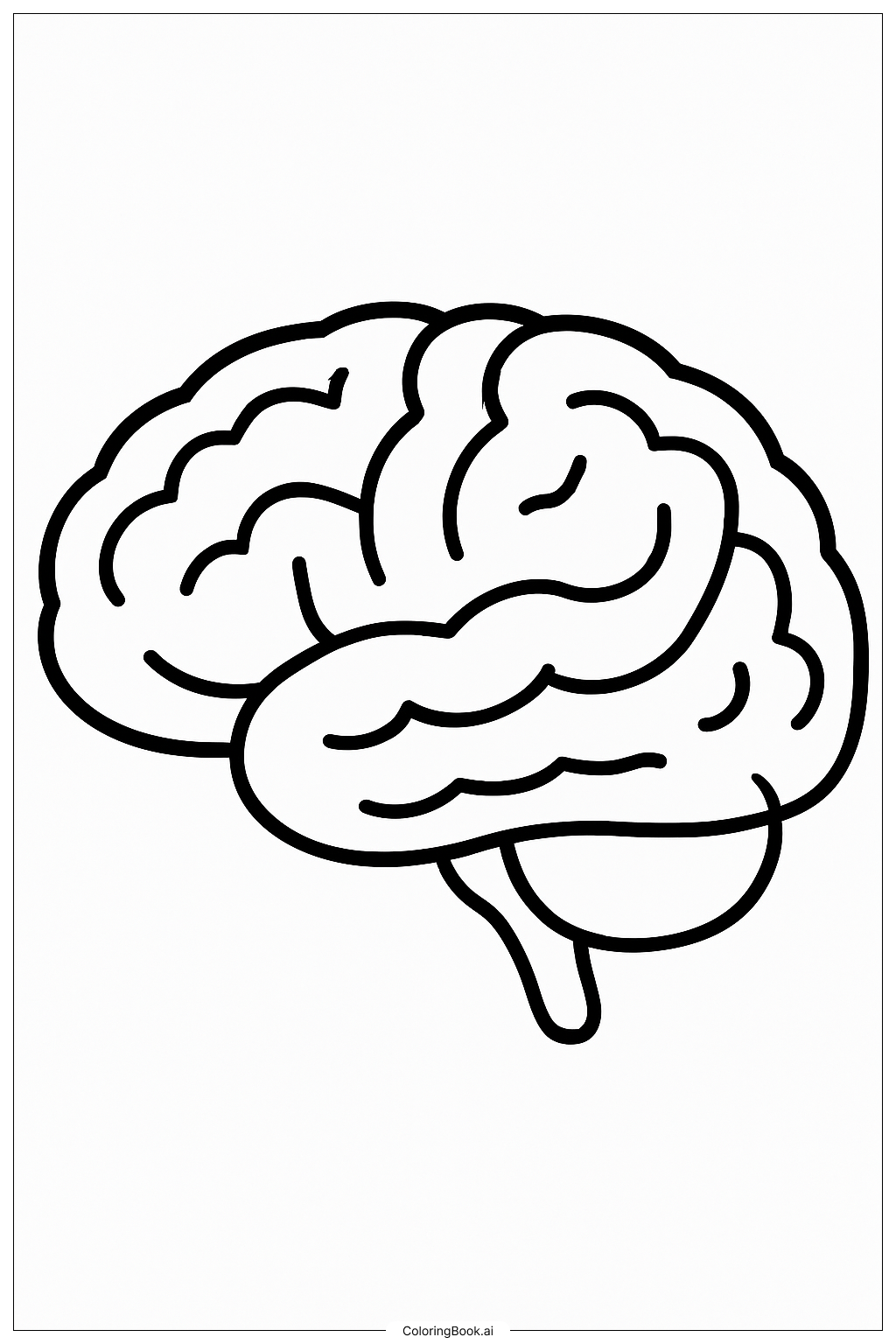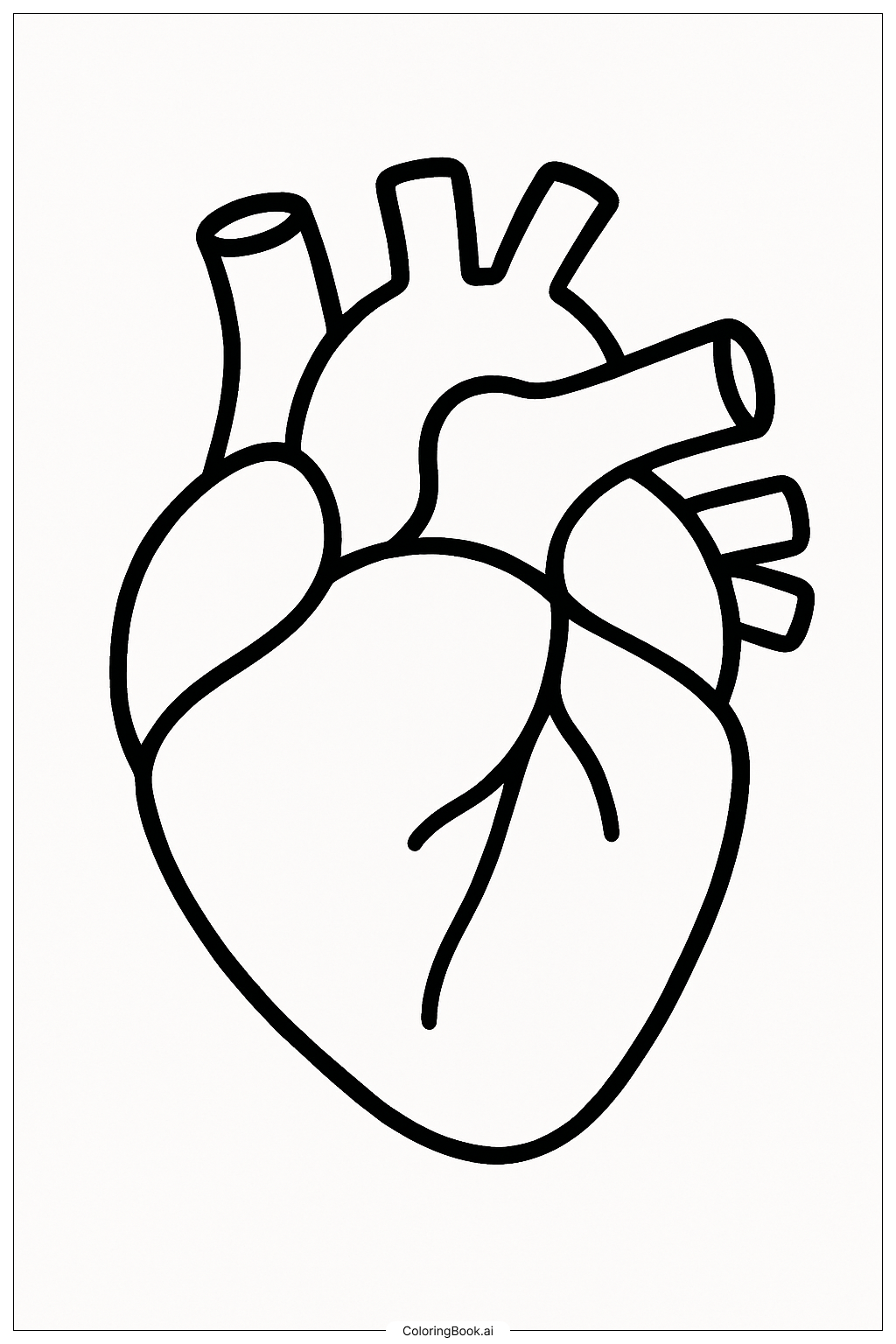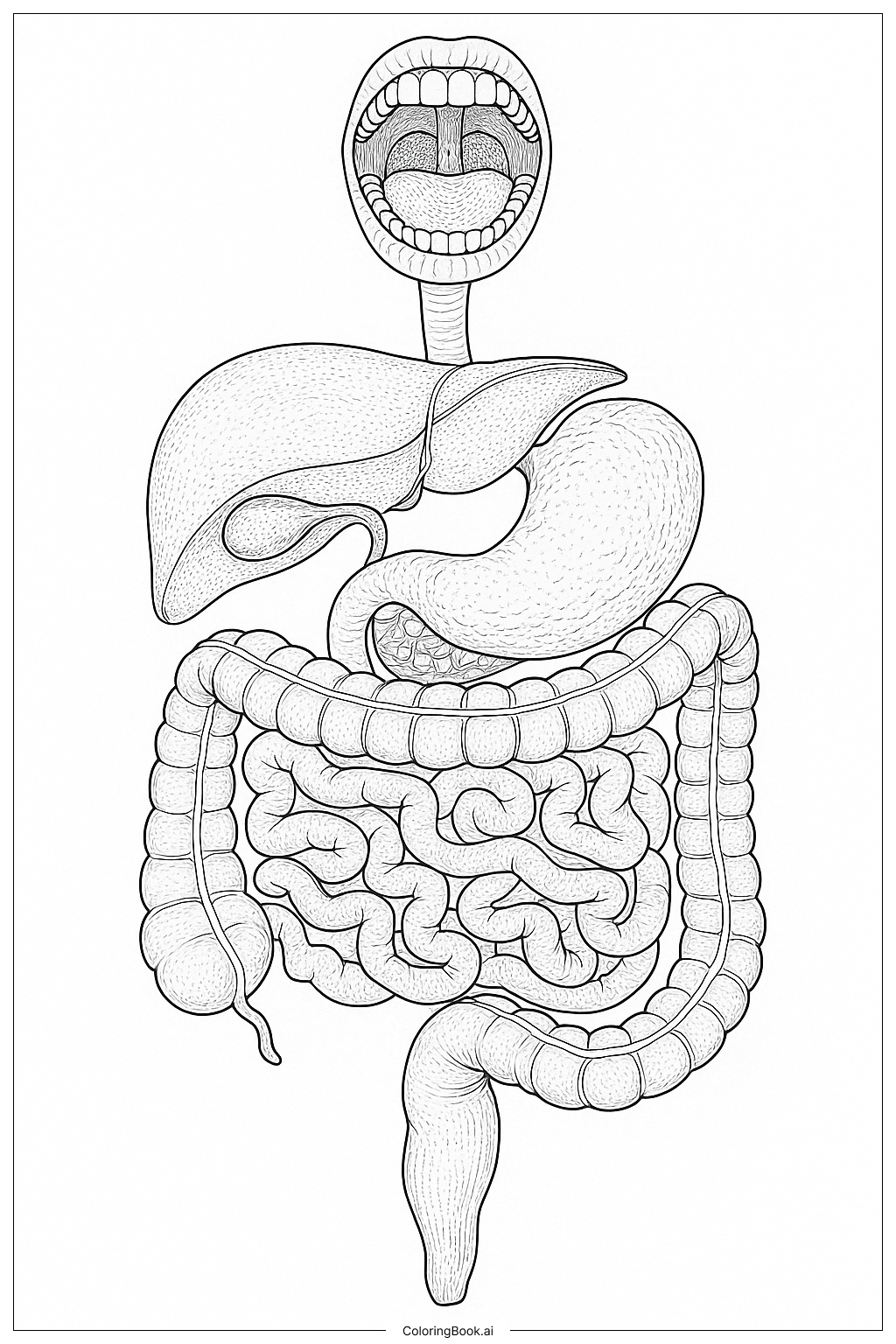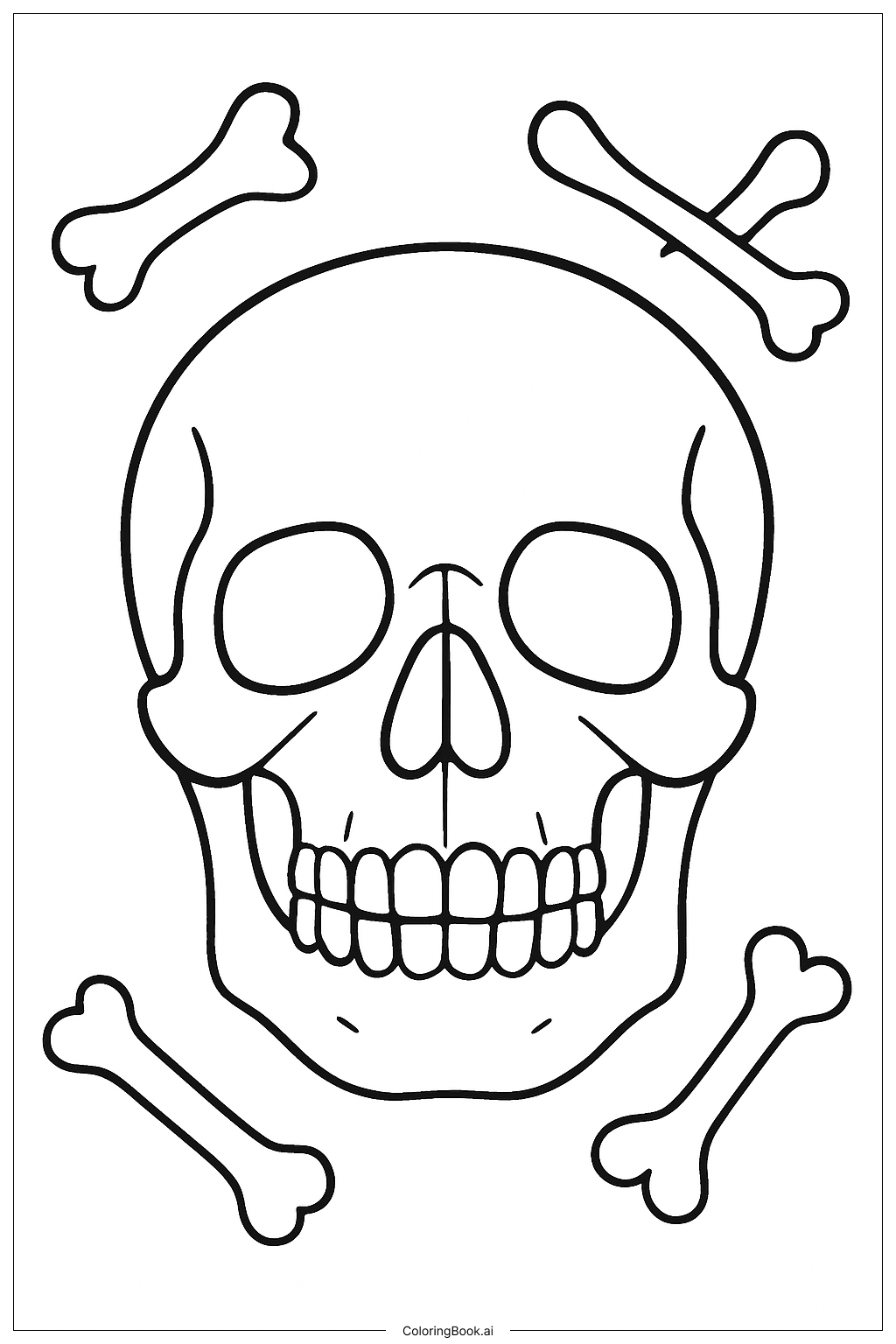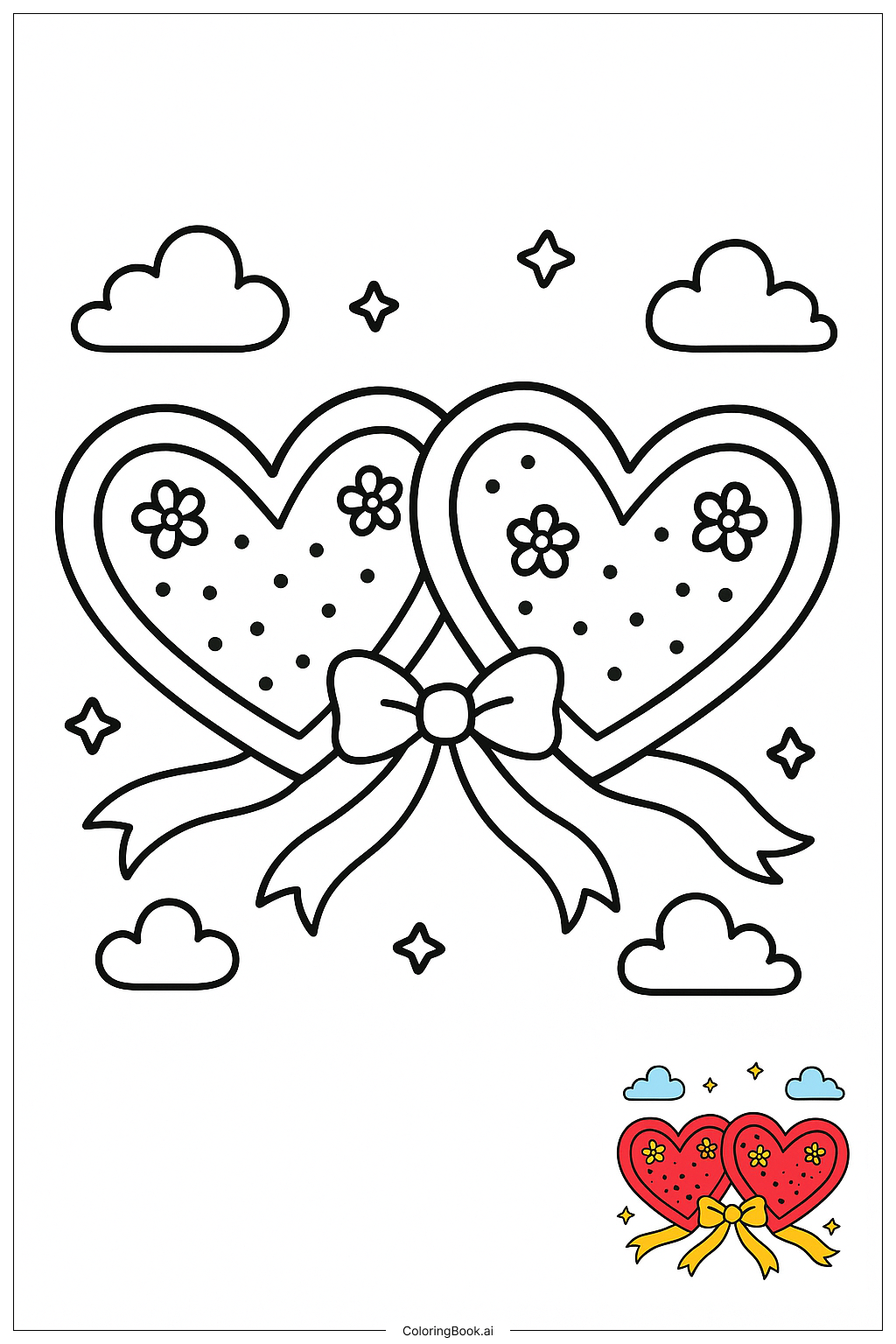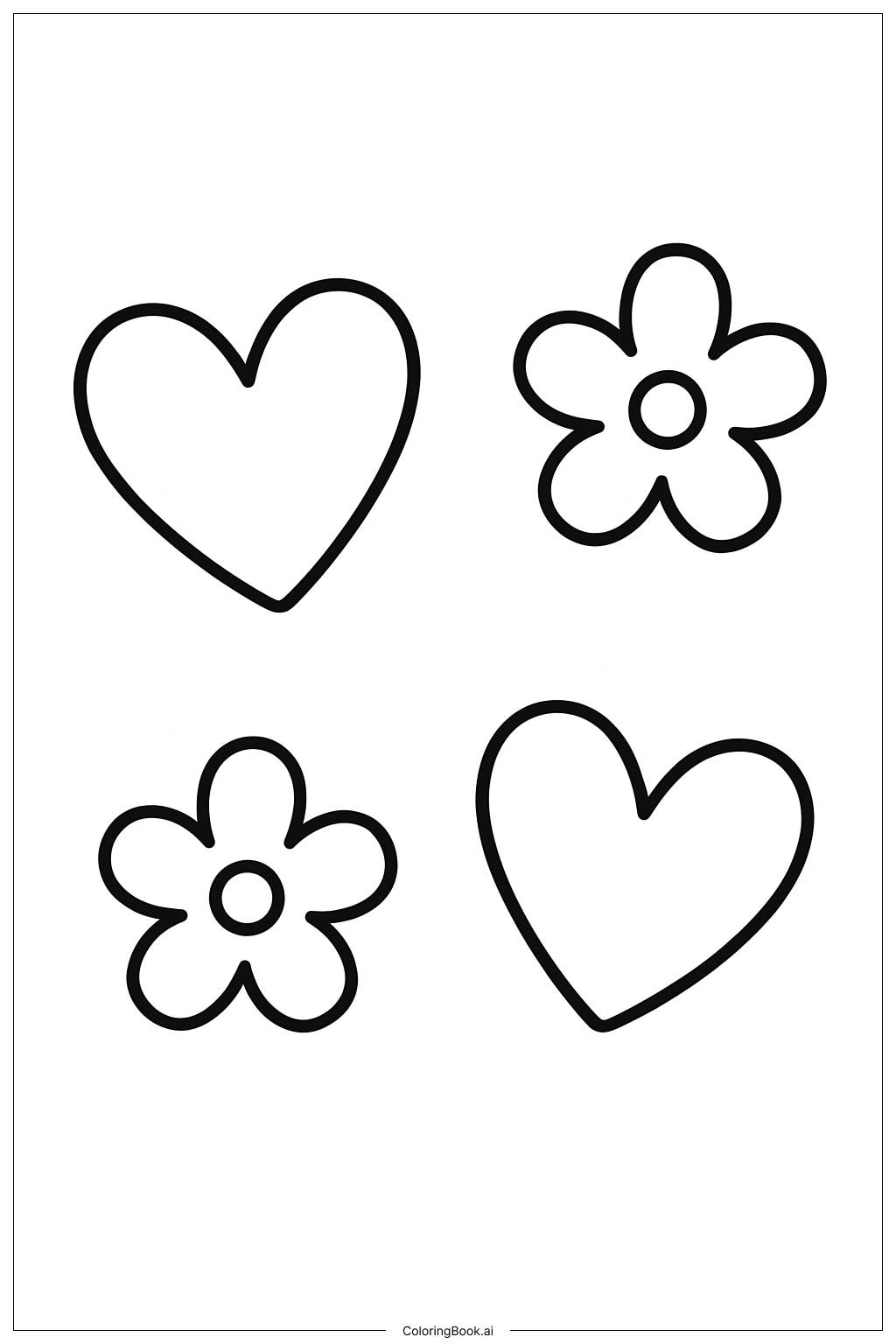Coloring tips: How to color Basic Eye Anatomy coloring page well?
Use different shades of blue, green, brown, or gray for the iris to make the eye look realistic. Color the pupil black and leave a small white spot to show the eye’s reflection. For the white part of the eye, use a very light gray or leave it white. The eyebrow can be colored with browns or black. Try to keep colors inside the lines for a neat look. You can blend colors a little to give the iris a natural look.
Coloring challenges: Which parts are difficult to color and need attention for Basic Eye Anatomy coloring page?
1. Keeping within the small, curved lines of the iris and pupil can be tricky because they are circular and close together.
2. Coloring smoothly in the round areas without leaving gaps or streaks requires some control.
3. Choosing the right colors for the iris to reflect a natural eye color might be hard for some.
4. Coloring the eyebrow with small strokes to show hair texture can be detailed work.
5. Coloring the white part of the eye without making it look dull or too plain can be challenging.
Benefits of coloring books: Advantages of drawing Basic Eye Anatomy coloring page
Coloring this eye helps you learn about eye anatomy. It also improves your hand-eye coordination and fine motor skills. Using different colors encourages creativity and helps you understand shading and blending. This activity can make learning about the human body fun and interesting.
